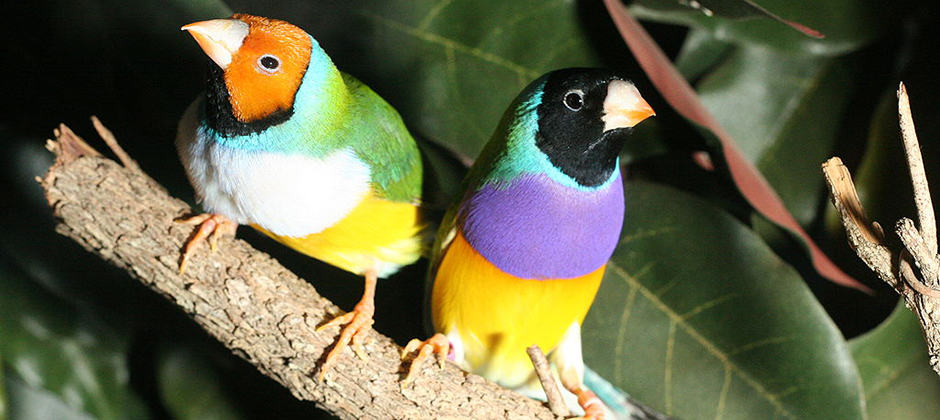Share this article
Advances in eDNA help track elusive species
How do you find an animal so rare or elusive that it evades even the most patient researcher or the most well-placed camera trap? Increasingly, though, scientists are finding success in locating them through the DNA they shed in the environment. A recent article in Nature looked at strides being made in the use of eDNA, including a team in Australia that collected samples from waterholes to show recent visits by rare Gouldian finches (Erythrura gouldiae), and teams in the United States that gathered eDNA from tracks in snow to locate Canada lynx (Lynx canadensis), wolverines (Gulo gulo) and fishers (Pekania pennant).
“Testing for eDNA is often safer — for both animals and researchers — more cost-effective and, in some cases, more accurate and sensitive than conventional methods used to pinpoint rare and endangered species,” Nature writes, “such as electrofishing surveys or tracking, scientists say.”
Read more about the advances in eDNA here.
Header Image: When Gouldian finches visited waterholes, they left behind traces of their DNA. ©Nigel Jacques








